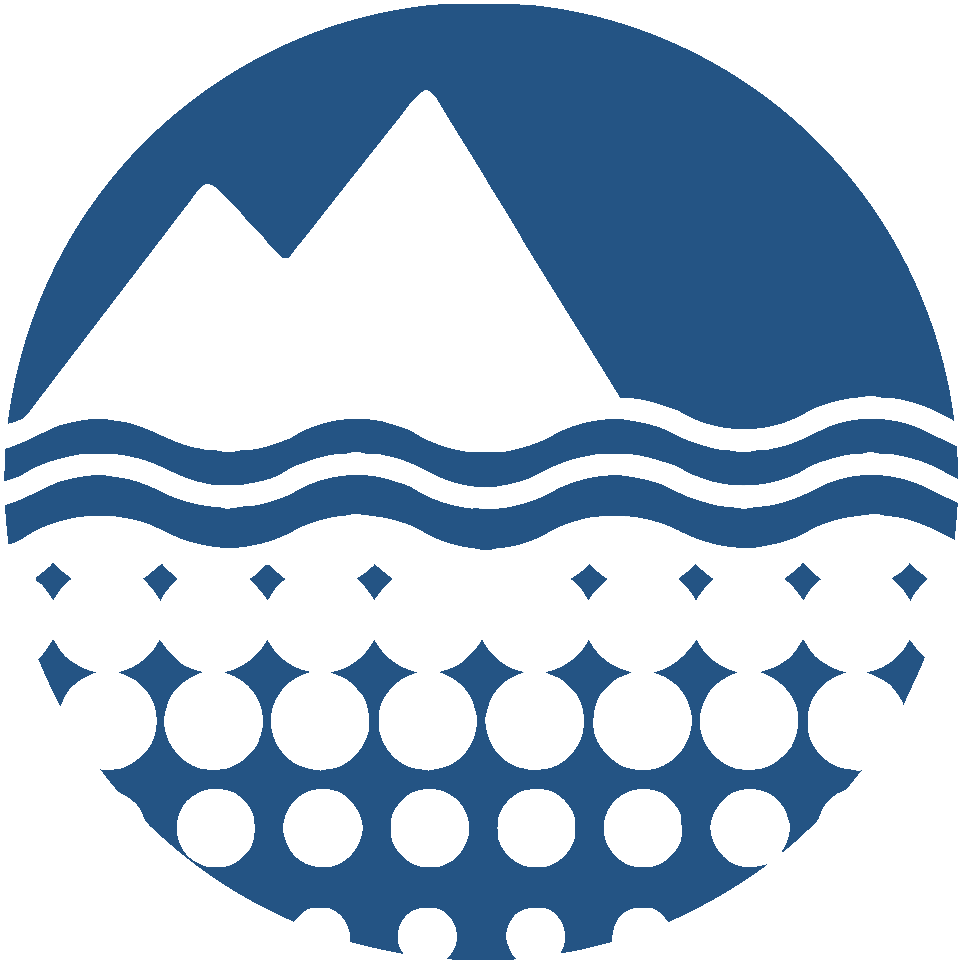

|
Seasonal Primary Productivity and Nitrogen Cycling in Photosynthetic Mats, Lake Fryxell, McMurdo Dry Valleys
Short Title:
Seasonality of Benthic Mats in Lake Fryxell
Start Date:
2020-08-15
End Date:
2026-07-31
Description/Abstract
Part I: Non-technical summary: This project focuses on understanding annual changes in microbial life that grows on the bottom of Lake Fryxell, Antarctica. Because of its polar latitude, photosynthesis can only occur during the summer months. During summer, photosynthetic bacteria supply communities with energy and oxygen. However, it is unknown how the microbes behave in the dark winter, when observations are not possible. This project will install environmental monitors and light-blocking shades over parts of these communities. The shades will extend winter conditions into the spring to allow researchers to characterize the winter behavior of the microbial communities. Researchers will measure changes in the water chemistry due to microbial activities when the shades are removed and the mats first receive light. Results are expected to provide insights into how organisms interact with and change their environments. The project includes training of graduate students and early career scientists in fieldwork, including scientific ice diving techniques. In addition, the members of the project team will develop a web-based “Guide to Thrive”, which will compile field tips ranging from basic gear use to advanced environmental protection techniques. This will be a valuable resource for group leaders ranging from undergraduate teaching assistants to Antarctic expedition leaders to lead well-planned and tailored field expeditions. Part II: Technical summary: The research team will measure seasonal metabolic and biogeochemical changes in benthic mats using differential gene expression and geochemical gradients. They will identify seasonal phenotypic differences in microbial communities and ecosystem effects induced by spring oxygen production. To do so, researchers will install environmental sensors and opaque shades over mats at three depths in the lake. The following spring, shaded and unshaded mats will be sampled. The shades will then be removed, and changes in pore water O2, H2S, pH, and redox will be measured using microelectrodes. Mats will also be sampled for transcriptomic gene expression analyses at intervals guided by geochemical changes. Pore water will be sampled for nutrient analyses. Field research will be supplemented with laboratory experiments to refine field techniques, gene expression data analysis, and integration of results into a seasonal model of productivity and nitrogen cycling in Lake Fryxell. Results will provide insights into several key priorities for NSF, including how biotic, abiotic and environmental components of the benthic mats interact to affect Antarctic lakes. This award reflects NSF's statutory mission and has been deemed worthy of support through evaluation using the Foundation's intellectual merit and broader impacts review criteria.
Personnel
Funding
AMD - DIF Record(s)
Deployment
Data Management Plan
Product Level:
0 (raw data)
Datasets
Publications
Keywords
Platforms and Instruments
|
This project has been viewed 198 times since May 2019 (based on unique date-IP combinations)